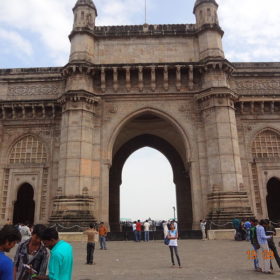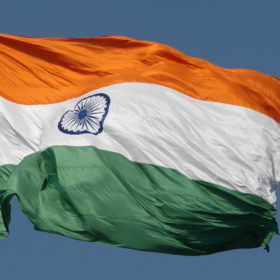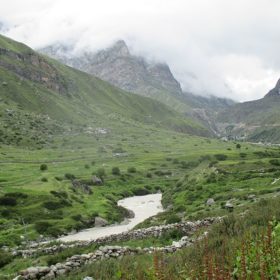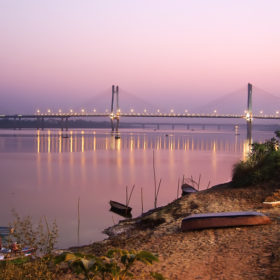Maharashtra auction sees tariffs hit Rs 2.74 per unit
Tariffs retracted distinctly from Rs 2.84 per unit seen in the 700 MW Gujarat solar auction recently, inching closer to the Rs 2.71-2.72 level of Maharashtra’s previous tender.
The long read: The untapped potential of the MENA region
The region’s climate, developing economies and demographic growth are driving increased electricity demand in the Middle East and North Africa. However, as a hub of conventional energy supply, the region has been slow to embrace PV. To capture more of the value chain and deliver the full potential of solar, there are increasing calls for distributed generation deployment to play a bigger role.
India’s renewable consumption will grow 15 times by 2040, says BP Energy Outlook
India’s renewable power consumption will surge from around 20 million tons of oil equivalent (toe) today to 300 million toe by 2040, predicts oil and gas major BP, mainly in the power sector and driven largely by growth in solar capacity. Yet coal will continue to dominate the country’s power generation mix, accounting for 80% of output, according to BP’s Energy Outlook 2019 report.
Interview: Hindustan Powerprojects CEO on stepping into new territories
Hindustan Powerprojects has executed more than 350 MWp in Germany, Italy, the Netherlands, Japan, Korea and the U.K. since its establishment in 2008. It claims to have been the largest solar project developer in the UK from 2011-13 and commissioned its first utility-scale project in India in Tamil Nadu in 2010. In an interview with pv magazine, Lalit Jain, CEO for the firm’s international solar business, shared his experience from developed markets, and what it takes to be successful doing business overseas.
Will solar power take root in India’s smallest state?
Subsidies from central and state bodies will help photovoltaics get within reach of similarly sponsored conventional electricity, which begs the question, why not remove subsidies for both?
Uttarakhand tenders 200 MW grid-connected solar capacity
Uttarakhand Renewable Energy Development Agency (UREDA) has invited bids for setting up cumulative 200 MW grid-connected solar PV power capacity in the state. The projects would be awarded based on tariff-based international competitive bidding.
India a $50 billion market for energy storage: AES
Given its ambitious goal of 175 GW renewable power by 2022 and push for electric mobility, the country presents a potential investment opportunity of $50 billion in battery storage facilities.
By 2030, solar tariffs in India could fall below Rs 2 per unit
The cost of wind would fall to Rs 2.3-2.6/kWh, while solar tariff would reduce to Rs 1.9-2.3/kWh. The cost of storage will fall by about 70%, according to a report.
Government fund to safeguard payments for PV developers
The payment security fund administered by SECI will ensure late payments by debt-laden discoms will not affect solar developers. The government is considering a levy on PV projects to help maintain the fund.
Azure to set up 1 GW solar capacity across Uttar Pradesh
The project is one among 300 odd projects worth Rs 65,000 crore including solar parks to be launched during a ground breaking ceremony in Kanpur later this month.














